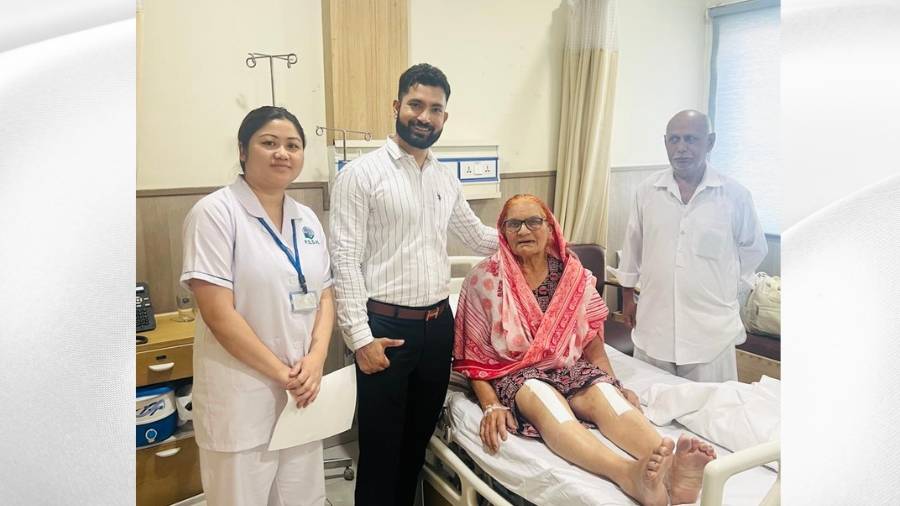
With the goal of detecting and treating joint problems, Best Arthroscopy Surgery In Delhi usually requires a specific rehabilitation plan to guarantee the best possible recovery. Delhi provides a range of personalized rehabilitation activities because of its advanced medical facilities and skilled doctors. For the purposes of function restoration, pain management, and injury prevention, proper rehabilitation is essential.
Purpose: To strengthen the quadriceps and maintain knee extension.
How to perform:
Benefits: This exercise helps in maintaining muscle tone and promoting blood flow, which is essential for healing.
Purpose: To improve quadriceps strength without placing stress on the knee joint.
How to perform:
Benefits: This exercise helps to strengthen the muscles around the knee, enhancing stability and support.
Purpose: To improve circulation and prevent blood clots.
How to perform:
Benefits: This simple exercise is crucial for maintaining circulation in the lower extremities, which can reduce swelling and promote healing.
Purpose: To strengthen the hamstring muscles and improve knee flexibility.
How to perform:
Benefits: Strengthening the hamstrings supports the knee joint and enhances overall leg stability.
Purpose: To improve knee flexion and range of motion.
How to perform:
Benefits: This exercise helps in regaining knee flexibility, which is essential for normal walking and activity.
Purpose: To strengthen the hip abductors, which are important for knee stability.
How to perform:
Benefits: Strong hip abductors reduce stress on the knee and help in maintaining proper alignment during activities.
Purpose: To improve quadriceps strength and knee extension.
How to perform:
Benefits: This exercise targets the quadriceps without placing excessive load on the knee joint, aiding in strength recovery.
Purpose: To strengthen the calf muscles and improve ankle stability.
How to perform:
Benefits: Strong calf muscles support knee function and contribute to overall lower limb stability.
Purpose: To improve strength and balance.
How to perform:
Benefits: This functional exercise mimics daily activities and helps build strength and coordination.
Purpose: To strengthen the gluteal muscles and improve hip stability.
How to perform:
Benefits: Strong glutes support the pelvis and knee joints, aiding in overall lower body strength and stability.
Conclusion:
Rehabilitation after arthroscopy surgery is an important recovery process. These exercises are designed to restore strength, flexibility, and function in the affected joint. A top-notch medical care, following a structured rehabilitation program under the guidance of Best Arthroscopy Surgeon In Delhi, Dr. Nikhil Verma can lead to a successful recovery.